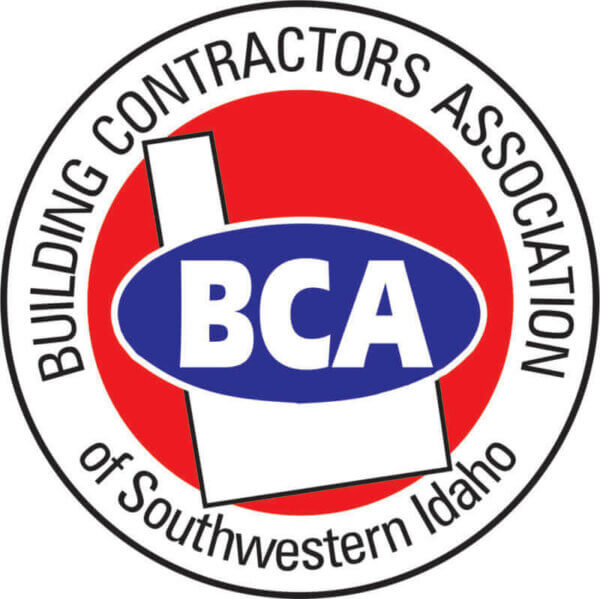HVAC Filter Guide for the Average Home Owner
Knowing which HVAC filter is right for not only your system, but also your lifestyle and needs, can extend both the life of your HVAC system and greatly improve the health of your indoor environment. The materials that comprise these filters and how they are constructed each plays a role in how effective they are in removing contaminants from the air and how they are maintained; where some are disposable, others are washable.
Below is a list of the most common types of HVAC filters, their pros and cons, and any other useful information that will help you make an informed decision.
Common Types of HVAC Filters
Disposable: These filters are designed to be used once, thrown out, then replaced.
Pros: Lower upfront cost, and easy upkeep.
Cons: Not eco-friendly, and more costly long-term.
Electrostatic: Filters that trap particles via static electricity, which is then released.
Pros: Most models are washable, and easy to care for.
Cons: Only catches approximately 20% of airborne particles, and not recommended for use in medical settings or those with allergies.
Fiberglass: Standard filters, typically disposable, with minimal surface area.
Pros: Lowest upfront cost, and protects the HVAC system from dust.
Cons: Does nothing to improve indoor air quality (IAQ).
Pleated: Disposable filter with a folded pattern designed to catch smaller particles.
Pros: Catches particulate matter better, and is recommended for those with allergies.
Cons: Higher upfront costs.
The MERV Rating
Another item to consider when weighing HVAC filters is their MERV rating. As mentioned, fiberglass filters are an inexpensive and readily available option for most homeowners, but for those with sensitivities or otherwise require a more controlled indoor environment, understanding this scale and what it means will be important to their long-term health.
The MERV scale starts at 1 and ends at 20, with 1 being the minimum level of filtration. Do be aware that although filters with a higher rating do become more adept at removing airborne contaminants, they also lose their effectiveness faster and as a result, must be replaced more often.
1-6: Industrial Use
These filters are good for trapping lint, dust mites, fibers, dust, and pollen. Furnace filters rated 1-4 were found to be less than 20% effective at removing air particles, while those rated 6 were typically found to be 50% effective.
8-13: Home Use
Contaminants that are contained with these types of filters are expanded to include lead dust, emission fumes, and humidifier dust. A filter with an 8-rating filter can provide up to 85% effective filtration efficiency, with a 13-rating filter providing above 90% filtration efficiency.
14-20: Lab and Hospital Use
Offering 95% or greater filtration efficiency, these filters are used in heavily controlled environments such as hospitals, operating rooms, and laboratories.
How FAMCO Can Help
We are FAMCO, one of the largest manufacturers and distributors of HVAC supplies and accessories in the Pacific Northwest. Ensuring a healthy indoor environment is a tenet that we put into our workmanship and customer service. If you have any questions about our products and/or services, feel free to get in touch with us. We’ll be more than happy to help.






